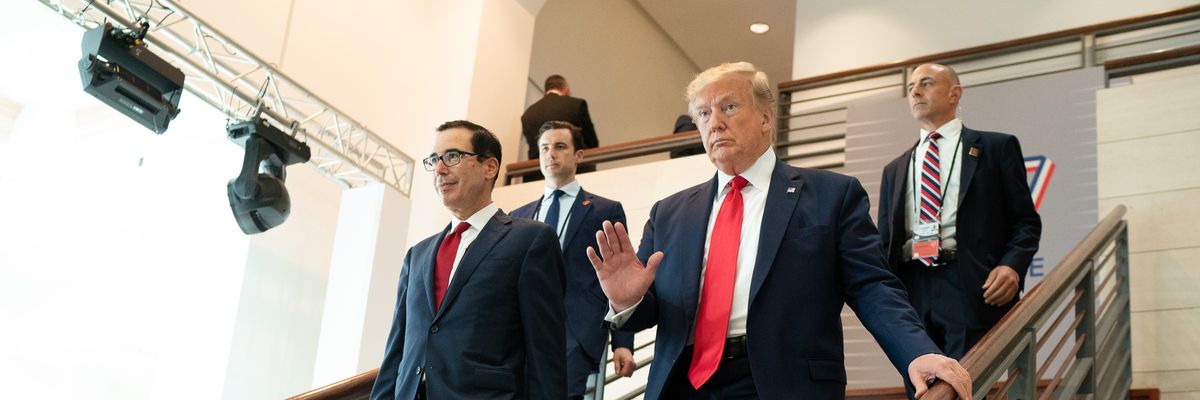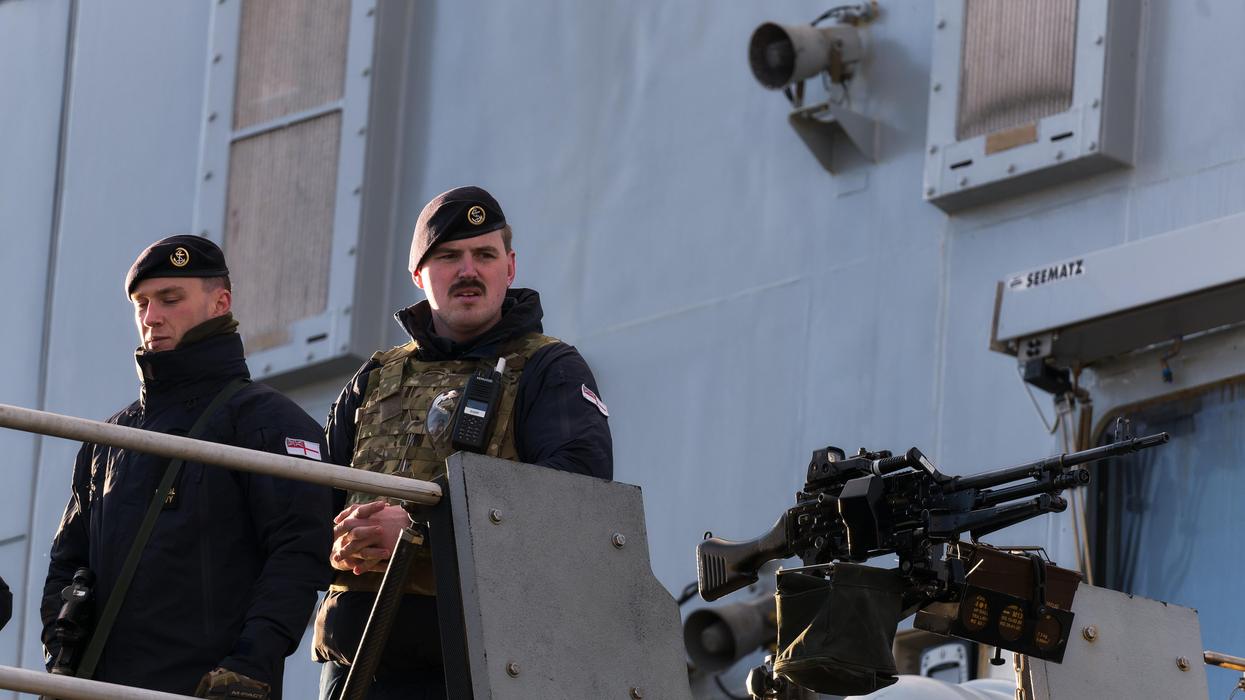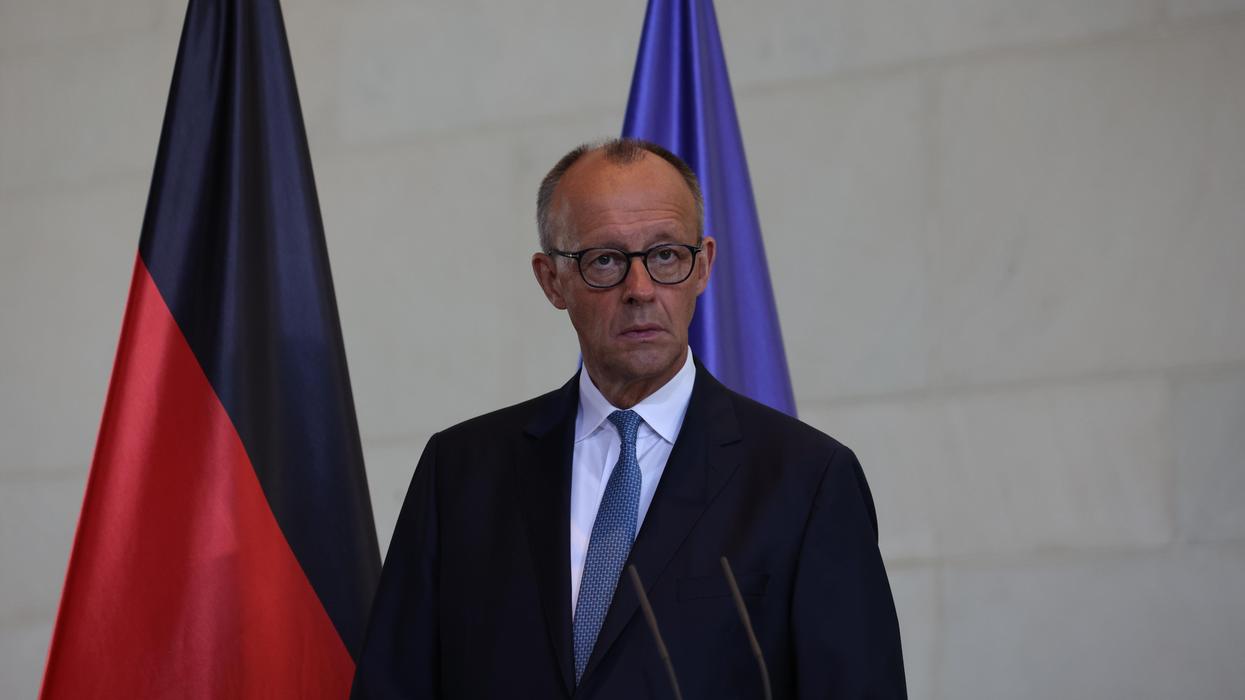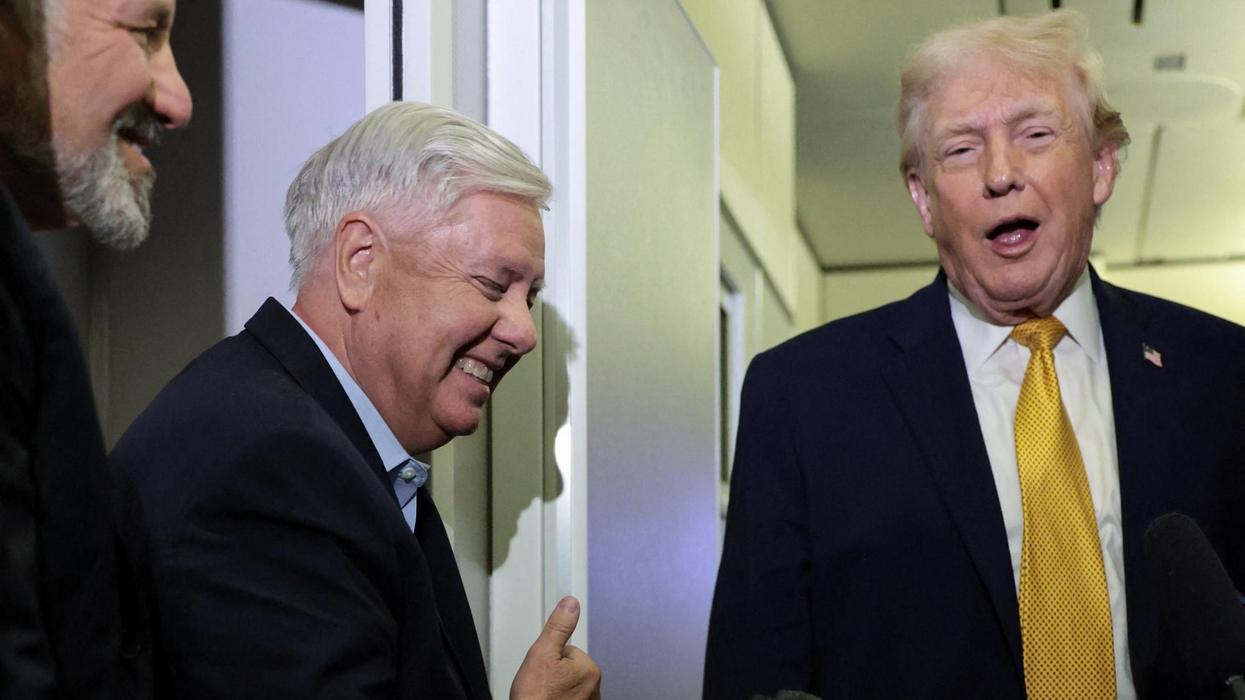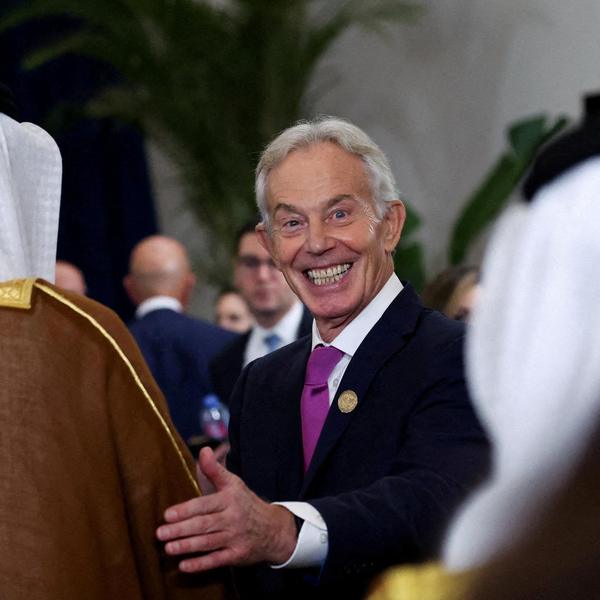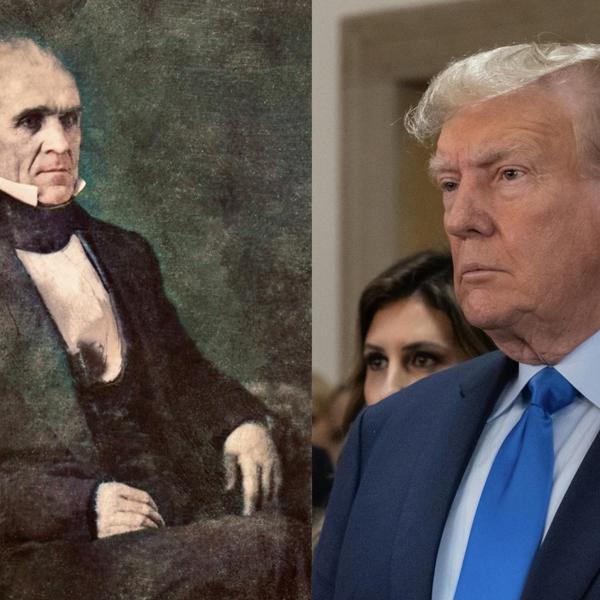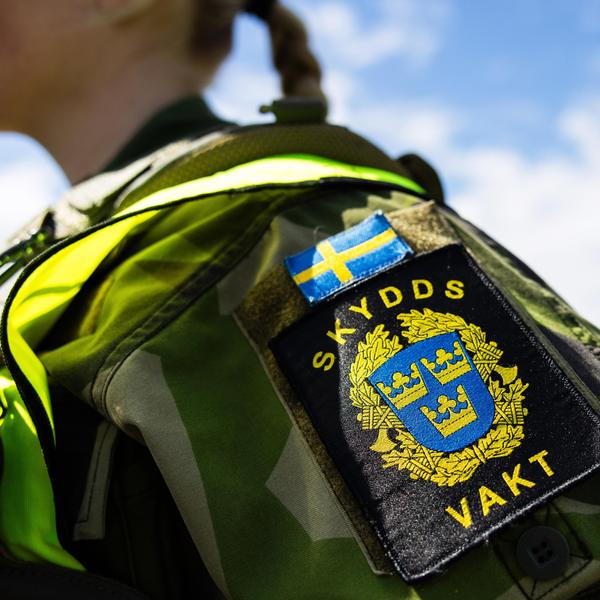For the first time in 60 years, Iran has requested a loan from the International Monetary Fund (IMF), seeking emergency financing to support its efforts to combat COVID-19. On March 4, the IMF announced that it would make available up to $50 billion in financial assistance through its Rapid Financing Instrument (RFI), a facility targeting “low-income and emerging markets.”
Iran’s request for financial assistance reflects the acute challenges the country faces in its efforts to control the country’s COVID-19 outbreak — over 14,000 Iranians have been infected according to official statistics. The government has mobilized extensive resources to try to respond to the public health crisis, but the Iranian economy is being pushed to a breaking point. Iran is seeking $5 billion in emergency assistance from the IMF, funding that could dramatically improve the prognosis not only for the Iranian economy, but also the health and wellbeing of the Iranian public.
As medical professor Abbas Kebriaeezadeh and I recently explained, Iran is struggling to replenish inventories of medicine and medical equipment both because of supply chain disruptions related to border closures and other related restrictions as well as underlying weakness in Iran’s access to the international financial system that make payments cumbersome to complete. Short term aid from the World Health Organization and European governments, as well as countries such as China, Japan, and Qatar, has helped Iran meet immediate needs for supplies. But as the outbreak continues, and as other countries begin to confront their own public health crises, Iran will need to rely on commercial sources of medicine and medical equipment.
However, even if Iran is able to find suppliers that are able to speedily and reliably dispatch these much-needed goods, the country would still face a balance of payments problem — precisely the problem that the IMF’s RFI facility is supposed to solve. Trade data for February, before the outbreak arrived in Iran, point to significant vulnerability as Iran’s non-oil trade deficit reached $1.68 billion on the back of $4.33 billion in imports and just $2.65 billion in exports.
Since the Trump administration eliminated waivers permitting the purchase of Iranian oil in May 2018, Iran has struggled to earn the dollars and euros that are needed to keep its economy supplied with advanced goods. Consequently, over the 18 months, Iran has seen inflation reach as high as 40 percent, straining the finances of ordinary households and pushing as many as 1.6 million Iranians below the poverty line.
Iran’s economy will be hit hard by the various efforts to contain the country’s COVID-19 outbreak. Of particular concern for Iranian economists, among them Masoud Nili, a long-time advisor to the Rouhani administration, is how the skyrocketing cost of healthcare will force the central bank to pump liquidity into the economy, causing a situation Nili calls “inflationary coronavirus.” A shortage of foreign currency will make inflation worse, as the rial continues to lose value relative to other currencies. A loan from the IMF would help Iran’s central banks keep importers of foreign medicine and medical goods supplied with foreign currency, thereby easing inflationary pressures.
Importantly, Iran would not necessarily receive the IMF loan in Iran. More practically, the funds would be deposited into dollar and euro-denominated accounts controlled by the Central Bank of Iran, but maintained in Europe. So few Iranian banks maintain correspondent accounts in Europe that bringing the IMF assistance back to Iran, only to allocate it to commercial banks to be transferred on behalf of clients to suppliers in Europe, would add significant time and expense to the urgent transactions. Depositing the funds in Europe would also eliminate the risk of their misuse — financial regulators will be able to track Iran’s use of the loan within the European financial system. The loan isn’t being paid in cash, after all.
Moreover, given that the funds would likely remain in Europe, the U.S. Treasury Department could insist on oversight of the IMF loan, including the review of due diligence documentation that would be required in each instance where funds originating from the IMF are being paid into the account of a European pharmaceutical or medical equipment supplier — the suppliers have a clear interest in ensuring their sale of goods is fully compliant with U.S. secondary sanctions.
This type of oversight would not be dissimilar to the compliance framework behind the Swiss Humanitarian Trade Arrangement (SHTA), a payments channel created after the Swiss government sought clearer authorizations from the Trump administration to maintain the sale of medicine and medical equipment to Iran by Swiss firms, which include some of the world’s largest suppliers of these goods.
In light of the balance of payments problem and more fundamental issues in cross-border payments, 11 European governments have backed a trade mechanism called INSTEX. But this mechanism was created after requests made to the Trump administration for clarifications around humanitarian trade with Iran were rebuffed. Given the significant role played by the United States in the IMF, the Trump administration would need to effectively approve any financial assistance given to Iran by the IMF — the political and legal issues around an IMF loan to Iran therefore have more in common with the Swiss arrangement.
In this way, by calling upon the IMF to provide it access to a facility that the fund has offered to all similar countries confronting COVID-19, Iran is effectively asking the fund’s leadership to seek such an approval from the Trump administration in order to open the kind of financial channel that Iran’s central bank has found increasingly difficult to maintain. In the two years since the Trump administration launch its “maximum pressure” sanctions campaign, Iran has struggled to freely access the ample foreign currency reserves — valued at around $70 billion — that it maintains in accounts around the world. This is in large part due to the hesitance of central banks, including European central banks, the Bank of Japan, and the Reserve Bank of India, to invite scrutiny from U.S. sanctions enforcement authorities and possibly compromise their ties with the U.S. financial system. If, because of these longstanding impediments, the IMF fails to provide Iran financial assistance that it makes available to countries in similar situations, the fund’s reputation will take a hit, as the fact of effective American control over its operations is laid bare.
It is unlikely that Iran will receive an IMF loan, but interestingly the official request comes just days after the Treasury Department clarified authorizations that permit financial dealings with the Central Bank of Iran in order to facilitate humanitarian trade — further evidence that administration officials do not see systemic issues related to terrorist financing or money laundering stemming from Iran’s humanitarian trade. The latest clarifications became necessary after an unprecedented move to sanction Iran’s central bank under new authorities in September had been widely perceived to eliminate the longstanding humanitarian exemption.
Clearly, there is a discussion-taking place within the Trump administration about the acceptable level of isolation for Iran’s central bank, especially if that isolation harms the Iranian people. While Iran is unable to directly engage with the Trump administration over these issues given the lack of diplomatic ties and ongoing political tensions, the outreach to the IMF can be seen as an effort to help shape the internal debate over these policies at the State Department and Treasury Department. Iran’s request is legitimate, its economic needs are acute, and the stakes could not be higher. Iran should get this loan.

